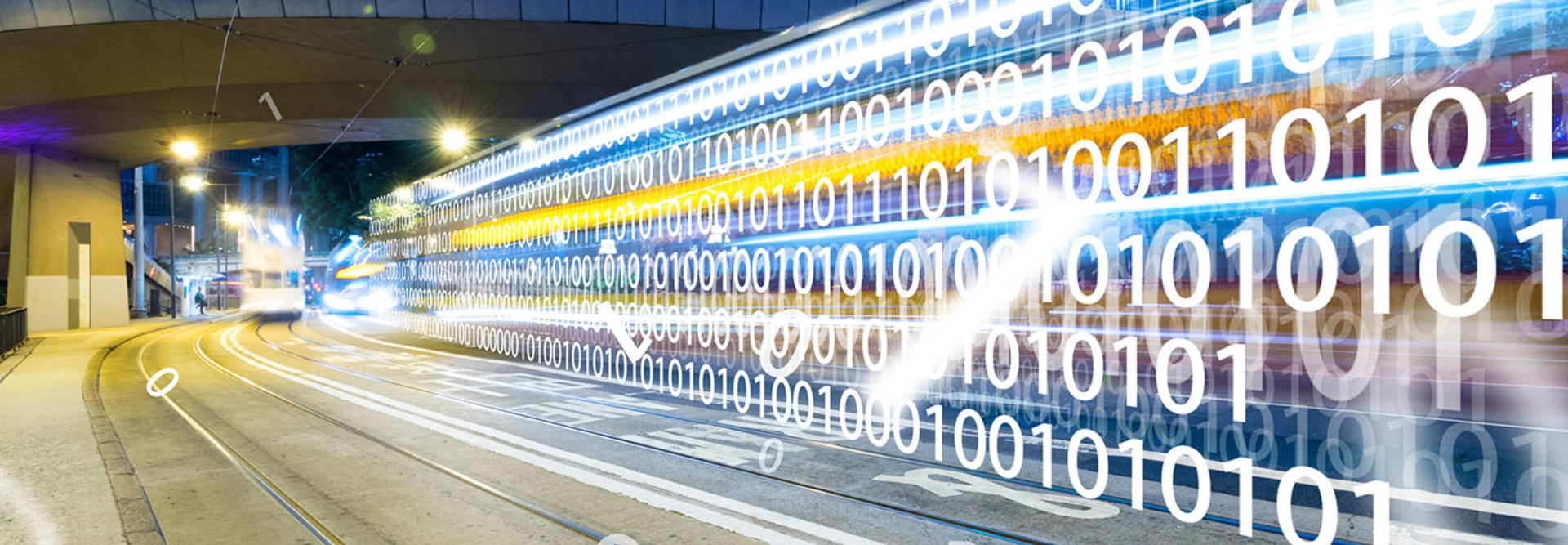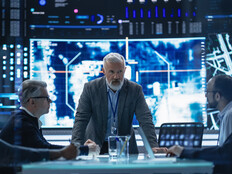Smart Cities Connect 2018: Cameras, Sensors Turn City Vehicles into Smart Assets
The city of Detroit, Mich., is at work creating its own Google street view maps to keep streets clear and open. That’s one way Mark De la Vergne, chief of mobility innovation for Detroit, seeks to integrate new technology and services into city programs.
His team’s ultimate goal is to create an ongoing forum where city agencies can talk to each other and share data and other critical information.
“We’ve seen situations where everybody is so busy being busy that they don’t talk,” said De la Vergne, speaking at the Smart Cities Connect Conference and Expo in Kansas City, Mo., on Tuesday. But agencies must break out of their silos and share best practices to truly discover how to make their data actionable, and do so consistently.
Take Action with Sensor-Sourced City Data
De la Vergne was joined on the panel by Dan Galves of Mobileye — an Israel-based company recently acquired by Intel that takes raw data from cameras and turns it into useful information.
Cameras installed on automobiles can empower them to make decisions such when detecting objects to avoid collisions, for example. But that data can be used to identify potholes, locate damaged traffic signs, and discover other problems, Galves said, in addition to mapping streets as in Detroit.
City vehicles that travel well-defined routes frequently, could be enlisted to detect changes along those routes more quickly, helping city planners can use the information collected by municipal vehicles to change the way they do business.
“Cities say they are tired of spending money on a once-a-year survey on infrastructure,” Galves said. “Why not instead do it on a continuous basis?”
Explore City Vehicle Data's Wider Use
Alex Keros, smart cities chief at GM Urban Mobility, also joined Tuesday’s panel. General Motors recently started a brand dedicated to mobility, called Maven. Keros’s work, in part, includes assessing how to make travel seamless and easy, whether that involves autonomous vehicles, public transit or even walking.
Through recent Maven testing of the use of electric vehicles for ride-hailing cars, his team discovered that putting a lot of electric vehicles on the road highlighted a lack of infrastructure to support electric vehicles. That, in turn, highlighted a need not only to deploy electric charging stations where passengers were located, but also outside of a city center where drivers live. City planners could also use that data to determine the best places to deploy electric vehicle infrastructure, Keros said.
Transportation into and out of a city also shines a light on how a city and its surrounding communities must work harder to share data and collaborate, Keros said.
The city of Los Angeles could use cameras to determine how to improve the flow of traffic on the famously congested I-405, Keros suggested, and it might have a lot of money to do so. But the city would also benefit from the assistance of a nearby community like Redondo Beach — a city with less available budget that’s also dependent on the highway. Neighboring jurisdictions can use data in smart ways and pool resources on such projects, Keros said.
“Sensors can bring value for a city and its surrounding communities,” he said.









